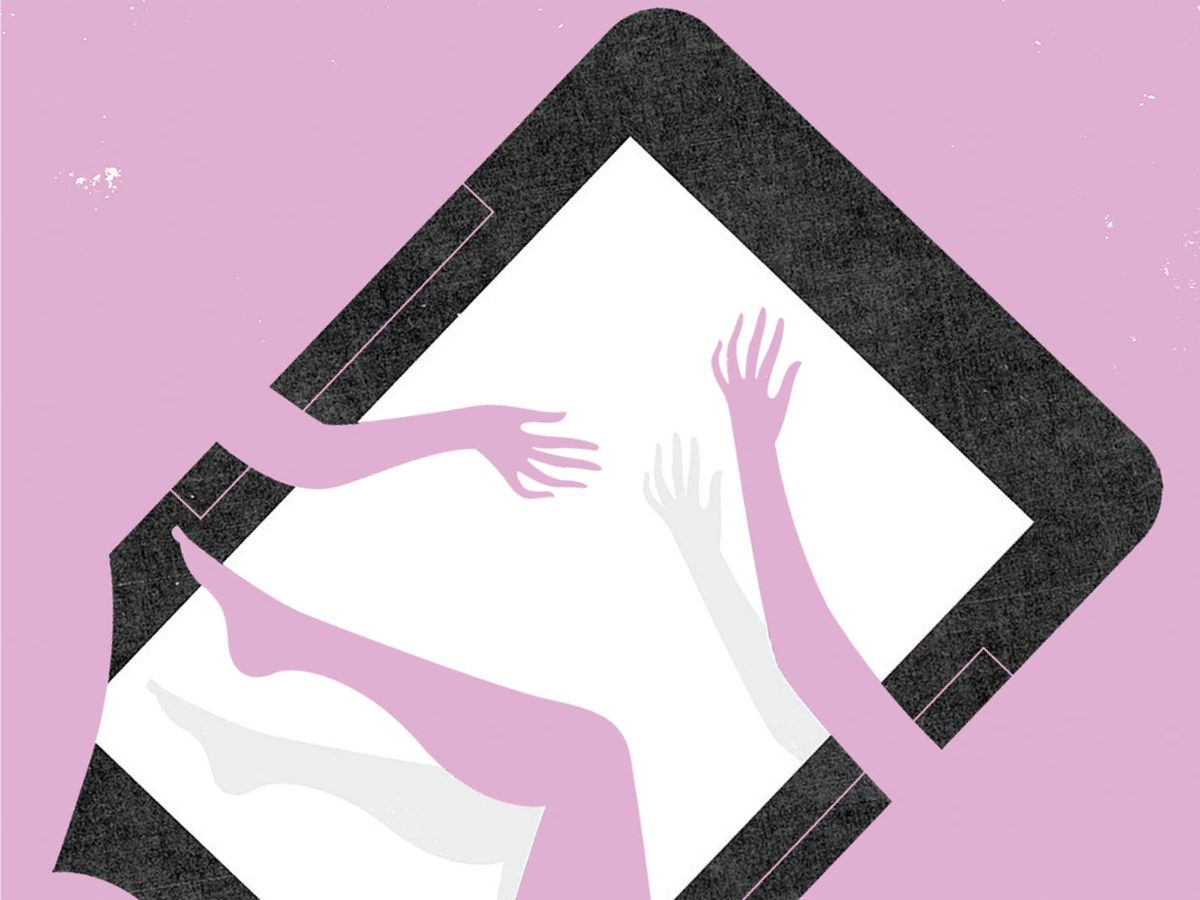The entrepreneur had finished talking about the software and processing algorithms for a new camera he was marketing, and as he came down from the stage he left the camera on the podium—perhaps forgotten, but perhaps suggesting that it wasn’t expensive enough to worry about.
I was contemplating those processing algorithms when a woman who had been sitting behind me pushed by, heading up the aisle. As she passed by, I heard her urgently muttering to herself, “I have to touch it.”
It seemed a curious urge. All the magic was in the software and algorithms; the hardware was simply a lens, a sensor, and a few chips. Yet I understood exactly what she was saying. I felt the same way myself.
Why, I asked myself, did I have this need to touch? I started to think about the look and feel of electronic gadgets instead of their functionality. Meanwhile, another speaker was showing a small intelligent thermostat that promised to learn your heating habits and usage. She said it had been designed to be “pretty and fun.” Indeed, it had a certain unadorned beauty, simply a circular face with a small touch screen. It seemed the hardware equivalent of the Google home page—minimal and clean. When I remarked on this, someone told me that the insides of the thermostat were equally beautiful. Looking again up at the stage, I was surprised to recognize the truth of this observation. The uncovered circuit board inside resembled a work of art, having the clean geometric lines of a Mondrian painting, compressed to a minimal size and with no appearance of clutter. It exuded a powerful latent functionality.
This artistic design contrasted with what I have seen of disassembled laptops, smartphones, and other electronic gadgets, all of which look as though a bunch of random electronics had been thrown into a compactor. When I take one of these gadgets apart, my overwhelming feeling is that I will never be able to put it together again—all the parts are going to spring out into the room and will never be found again. No sense in designing for inner beauty when all the labels warn of the dire consequences of opening the product.
I remembered disassembling old radios back when I was a child. Most of the space was taken by the vacuum tubes on top of the chassis. Underneath was a rats’ nest of wiring, full of dust, careless solder, lumpy capacitors dripping wax, and blackened resistors. I recall also the distinctive smell of overheated components. Nothing there resembled beauty, but there is nevertheless a nostalgia in the remembrance. Integrated circuits and printed circuit boards have done away with all that mess, and now I find a kind of beauty in motherboards. But by the time they are stuffed almost carelessly into a box with cables, power supply, drives, and I/O, it all looks like a kludge ready for the junk pile.
Electrical engineering today is mostly a lot of math and physics, and sometimes we forget about the physicality and appearance of electronic design, the urge to see, touch, feel, and smell. The importance of this aesthetic dimension is evident in Apple stores. They are always very crowded, but it is a different kind of crowd, where the hubbub is muted and the focus is intently on the gadgets themselves. I study the concentration of the shoppers, but perhaps they study me, because I also am affected by the magnetism of those gadgets. Somehow they have become jewelry, while their poor cousins across the street in another store have become orphans, in spite of what may be equal functionality.
But excuse me now, because I must go and touch them.
About the Author
Robert W. Lucky says he’s always been fascinated with electronics. As a child, while listening to the radio at night, he would watch the dancing orange lights coming from the filaments in the vacuum tubes and wonder how the voice of the Lone Ranger came out of them. He went on to work for many years at Bell Labs, became an IEEE Fellow, and earned 11 patents along the way. He says he can still remember the smell of a newly opened box from Heathkit.
